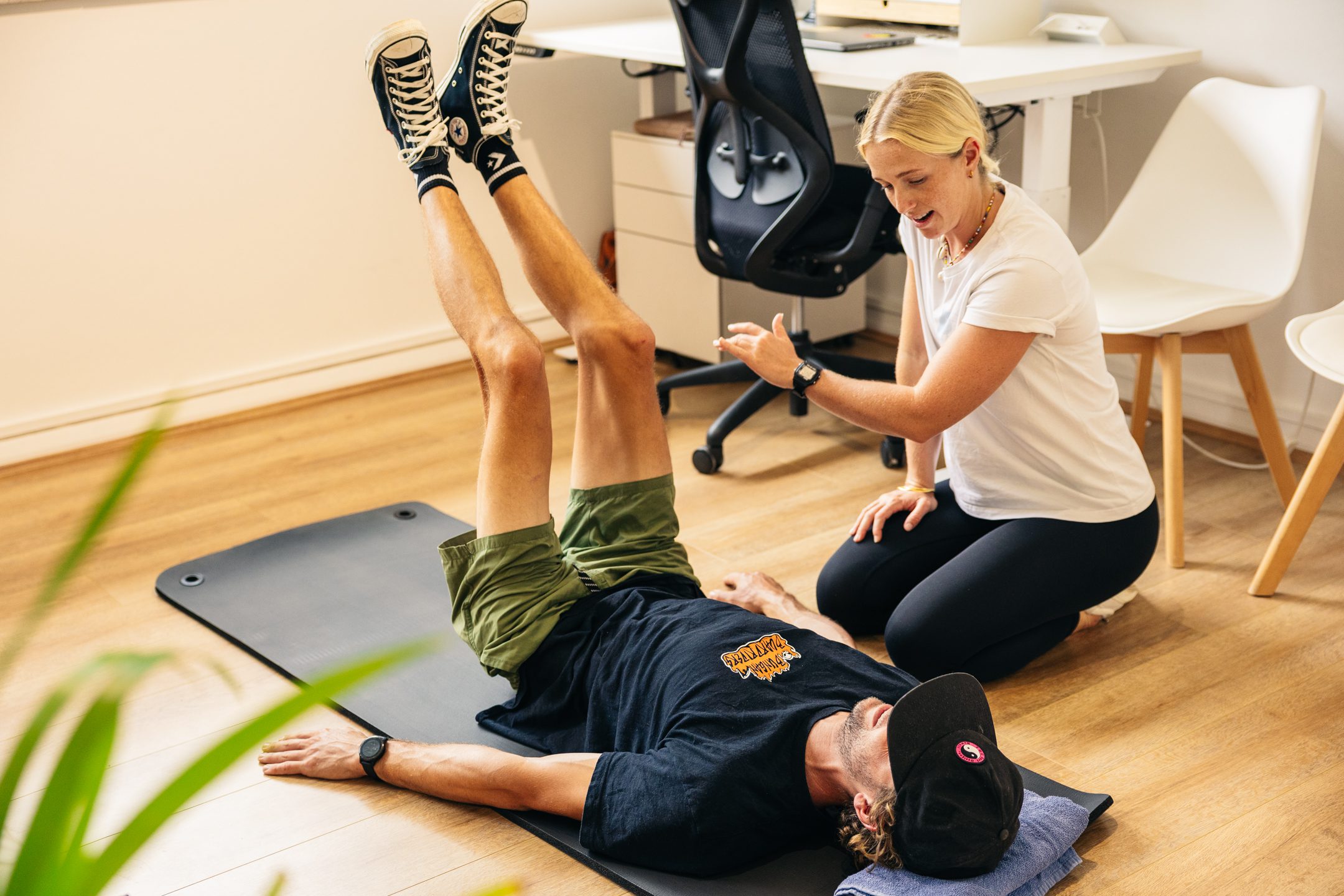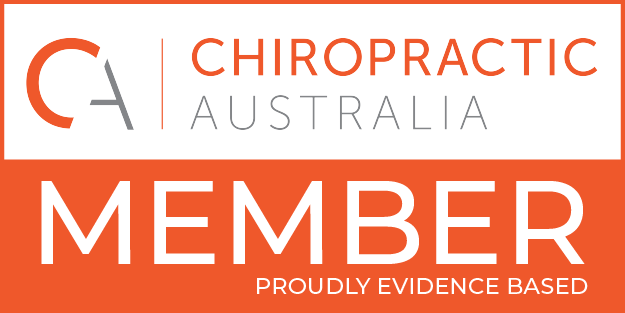Are you experiencing a flare-up or a new episode of low back pain? Here’s how to navigate it.
Low back pain (LBP) is a prevalent condition, often causing discomfort and disruption to daily life. Understanding the best practices for managing LBP is essential for achieving effective relief and preventing further complications. Using clinical practice guidelines, this blog aims to provide actionable advice for when you experience LBP. Before we go any further, it’s important to seek help from a professional when you experience a new episode of pain or intense pain, to determine the need for immediate medical relief. This blog post is targeted to ‘non-specific low back pain’, which is pain that does not have a known patho-anatomical cause. In other words: not caused by serious conditions such as a tumour, infection, spinal cord compression, etc. So with that in mind, let’s discuss how to manage it and when it’s appropriate to see a chiropractor!
How you can manage a new episode of back pain by yourself:
- Avoid bed rest: Most research advises against prolonged bed rest for acute LBP, recommending maintaining normal activities to promote healing.
- Medication and superficial heat: Nonsteroidal anti-inflammatory drugs (NSAIDs) are commonly recommended for pain relief, e.g. neurofen (ibuprofen). It’s important to read the label when taking these drugs and consult with the pharmacist to ensure they are right for you. Additionally, heat packs or heat creams can help when experiencing an acute episode of low back pain.
- Exercise Therapy: Exercise is universally endorsed, particularly for chronic LBP, although the type and delivery mode may vary. The recommended exercise varies from person to person, but generally speaking, while suffering from a painful episode of low back pain, gentler exercises will be more beneficial. For example, light swimming, walking, or pilates.
- Psychosocial Strategies: Cognitive-behavioral therapy (CBT) is widely recommended, addressing psychosocial factors that may contribute to LBP. Generally, CBT strategies are performed by a psychologist and are useful if you frequently suffer from low back pain episodes. Alongside that, regular mindfulness practice is encouraged to decrease the intensity and frequency of back pain.
How can a chiropractor help you if you experience a new episode of low back pain?
If symptoms persist or worsen, consider consulting a healthcare provider within the first 1 – 2 weeks of the pain for further evaluation and personalised treatment recommendations. Chiropractors can develop individualised exercise programs and provide hands-on interventions to address pain and promote recovery. Additionally, research shows the significance of receiving reassurance from a professional that improvement is achievable while experiencing low back pain. Chiropractors can also discuss with you the strategies that will be most effective when managing the pain at home or outside of the clinic. For chronic LBP, multidisciplinary rehabilitation may be beneficial, involving a coordinated approach with various healthcare professionals. Chiropractors can offer referrals to specialists if you need to look at other options. However invasive treatments such as injections or surgery are generally discouraged unless conservative measures have been ineffective, and specific criteria are met.
Long-term management and prevention of back pain
Once you have managed to settle down the pain it’s good to implement long-term strategies to avoid another flare-up. Some simple ways include:
- Lifestyle modifications: Regularly change the position you’re in – making sure you’re not staying in the same position for too long e.g. sitting or standing for too long, engage in regular exercise, and manage stress to reduce the risk of recurrent LBP episodes.
- Education and self-management: Research shows that when you understand how pain is perceived in the body you are less likely to catastrophise a flare-up, subsequently decreasing the intensity and duration of that flare-up. Empower yourself with knowledge about LBP management strategies and adopt self-management techniques to address symptoms proactively. If you regularly get pain flare-ups have a look at Lorimer Moseley’s Ted talk on YouTube called “Why Things Hurt”.
- Regular follow-ups with healthcare providers such as chiropractors can help monitor progress, adjust treatment plans as needed, and address any new concerns or symptoms.
Experiencing low back pain can be challenging, but with the right approach, relief and recovery are achievable. By adhering to evidence-based recommendations such as those discussed in this blog, individuals can navigate LBP with confidence and take proactive steps towards improved health and well-being. Remember, you are not alone in your journey, and there are resources and healthcare professionals available to support you every step of the way. Stay informed, stay proactive, and prioritize your health for a brighter, pain-free future.
References:
Oliveira CB, Maher CG, Pinto RZ, Traeger AC, Lin CC, Chenot JF, van Tulder M, Koes BW. Clinical practice guidelines for the management of non-specific low back pain in primary care: an updated overview. Eur Spine J. 2018 Nov;27(11):2791-2803. doi: 10.1007/s00586-018-5673-2. Epub 2018 Jul 3. PMID: 29971708.
Chou R, Côté P, Randhawa K, Torres P, Yu H, Nordin M, Hurwitz EL, Haldeman S, Cedraschi C. The Global Spine Care Initiative: applying evidence-based guidelines on the non-invasive management of back and neck pain to low- and middle-income communities. Eur Spine J. 2018 Sep;27(Suppl 6):851-860. doi: 10.1007/s00586-017-5433-8. Epub 2018 Feb 19. PMID: 29460009.
Ladeira CE. Evidence based practice guidelines for management of low back pain: physical therapy implications. Rev Bras Fisioter. 2011 May-Jun;15(3):190-9. doi: 10.1590/s1413-35552011000300004. PMID: 21829982.
Wong JJ, Côté P, Sutton DA, Randhawa K, Yu H, Varatharajan S, Goldgrub R, Nordin M, Gross DP, Shearer HM, Carroll LJ, Stern PJ, Ameis A, Southerst D, Mior S, Stupar M, Varatharajan T, Taylor-Vaisey A. Clinical practice guidelines for the noninvasive management of low back pain: A systematic review by the Ontario Protocol for Traffic Injury Management (OPTIMa) Collaboration. Eur J Pain. 2017 Feb;21(2):201-216. doi: 10.1002/ejp.931. Epub 2016 Oct 6. PMID: 27712027.
Lorimer Moseley G, Leake HB, Beetsma AJ, Watson JA, Butler DS, van der Mee A, Stinson JN, Harvie D, Palermo TM, Meeus M, Ryan CG. Teaching Patients About Pain: The Emergence of Pain Science Education, its Learning Frameworks and Delivery Strategies. J Pain. 2023 Nov 19:S1526-5900(23)00618-1. doi: 10.1016/j.jpain.2023.11.008. Epub ahead of print. PMID: 37984510







